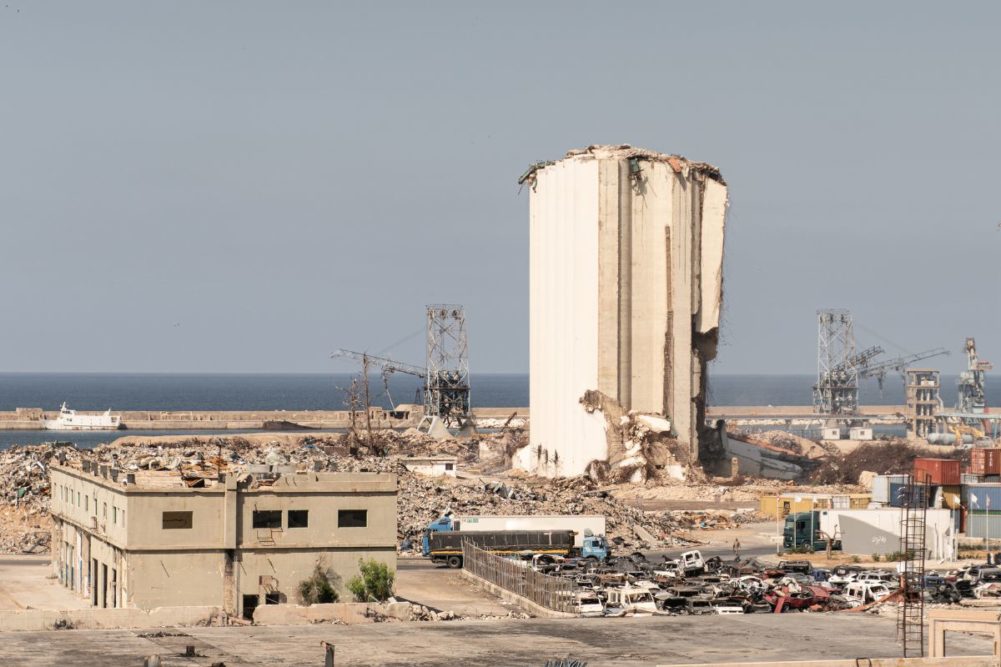 Credit: ©SOSLAND PUBLISHING CO.
Credit: ©SOSLAND PUBLISHING CO.KANSAS CITY, MISSOURI, US – Lebanon was once called “the Paris of the Middle East” for its influence in art and fashion. Its economy historically had its ups and downs, but when the country wasn’t engulfed in civil war it was reasonably prosperous. Today, Lebanon bears no resemblance to its celebrated past as it struggles to meet the basic needs of its people.
During the first 18 years of this century, Lebanon’s economy was relatively stable. It was rated as one of the world’s best performing economies during the Great Recession, growing by an annual average of 8% during the heart of that global crisis (2008-10). The growth then slowed, but as recent as 2018 its GDP was estimated at a respectable $54 billion. Lurking below the surface, however, was one of the world’s highest debt-to-GDP ratios.
In 2019, the bottom dropped out. The currency collapsed, the public sector went bankrupt, and the government fell into disarray, with leaders resigning in disgrace for the role they played in the collapse. Then came the COVID-19 pandemic, which slowed the economy even more, and in August 2020, one of the largest non-military explosions ever reported destroyed the country’s largest grain silo when 20,000 tonnes of poorly stored ammonium nitrate fertilizer ignited. The blast at the Port of Beirut left over 200 dead, 7,000 injured and many thousands more displaced. It also left the country with precious little grain storage capacity.
Adding to its current woes, Lebanon is extremely vulnerable to a further escalation of the Russia-Ukraine conflict, according to a recent study by Mercy Corps. Because of its limited grain production, inability to access additional markets and low strategic reserves, any sustained price shocks could result in a further increase in food insecurity. At the outset of the war, no country was more dependent on Ukrainian wheat than Lebanon, with 77% of its imports coming from Ukraine.
The heavy reliance is due to the countries’ proximity and the characteristics of Ukrainian wheat that make it appropriate for Lebanese flatbread. If Russia continues to attack grain facilities in Ukraine along the Danube River, the primary artery for delivering Ukrainian wheat to Lebanon, the country’s hunger crisis will get even worse. Currently, 1.5 million of its 5.5 million citizens and nearly 1 million Syrian refugees are listed as critically food insecure.
For now, an emergency World Bank loan is keeping grain flowing into Lebanon. World Grain correspondent David McKee, who recently visited the country, reported that despite the economic and political turmoil, all 12 of Lebanon’s privately held flour milling enterprises have continued to operate steadily during the crisis, importing and processing an average of 600,000 tonnes of wheat annually.
But the loan carries an expiration date of May 2024, and some observers believe it will be depleted as early as the end of this year. As Mercy Corps mentions in its report: “Once the World Bank loan is expended, a combination of more expensive supply routes and upward pressures on wheat markets could result in inaccessibly high bread prices for vulnerable Lebanese households.”
Perhaps the loan will be extended, or some other solution devised. If not, one of the worst humanitarian crises in modern history will deteriorate further. With limited financial resources and mounting debt, the Lebanese government, which has subsidized bread for the entire population since the crisis began, will face some difficult decisions in the coming months.
Arvin Donley is editor of World Grain.






